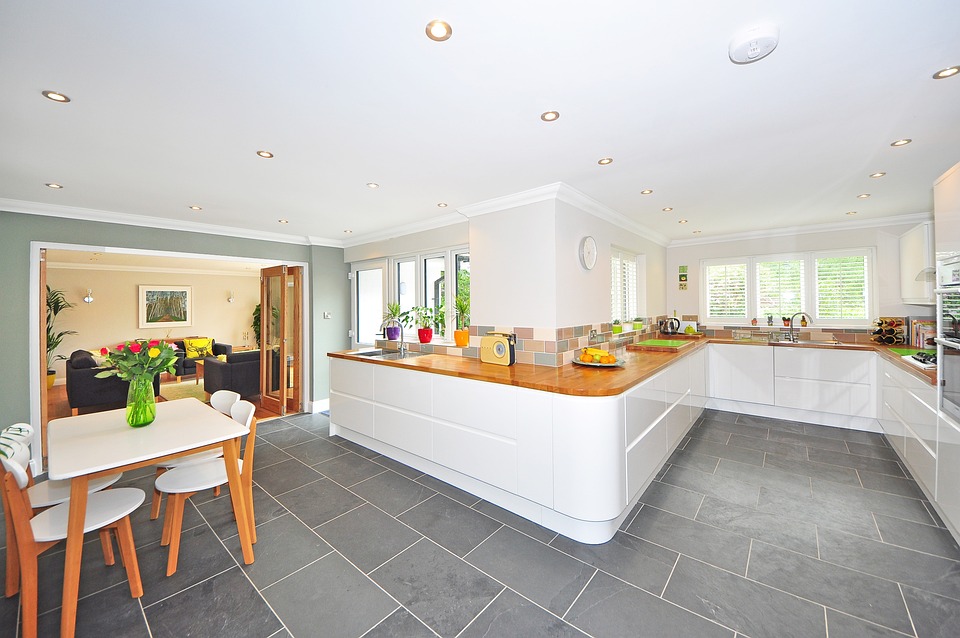Discover the Timeless Elegance of Scandinavian Design
Scandinavian design is known for its timeless elegance and minimalist aesthetic. Originating from the Nordic countries of Sweden, Norway, Denmark, Finland, and Iceland, this design style has gained popularity worldwide for its simplicity, functionality, and beauty.
The Essence of Scandinavian Design
At its core, Scandinavian design embraces simplicity, functionality, and minimalism. It focuses on creating clean, uncluttered spaces that are both aesthetically pleasing and practical. The design philosophy revolves around the idea of blending form and function seamlessly, resulting in spaces that are not only visually appealing but also highly functional.
Scandinavian design is characterized by its use of natural materials, such as wood, leather, and textiles, which add warmth and texture to the space. The color palette is typically neutral, with shades of white, gray, and beige dominating the scene. This allows for a calming and serene atmosphere, perfect for creating a sense of tranquility in your home.
Another distinctive feature of Scandinavian design is the emphasis on natural light. Large windows are often incorporated to maximize the amount of sunlight entering the space, creating a bright and airy feel. This further enhances the minimalist aesthetic and contributes to the overall sense of openness and spaciousness.
The Timeless Appeal
Scandinavian design has stood the test of time and continues to captivate design enthusiasts around the world. Its timeless appeal lies in its ability to combine functionality, simplicity, and beauty effortlessly. By focusing on the essentials and eliminating unnecessary clutter, Scandinavian design offers a sense of calm and harmony that transcends passing trends.
Furthermore, the use of natural materials and neutral color palettes ensures that Scandinavian design remains relevant and adaptable to different interior styles and personal preferences. Whether you prefer a rustic, modern, or eclectic look, Scandinavian design elements can easily be incorporated to create a cohesive and inviting space.
The longevity of Scandinavian design can also be attributed to its sustainability. By promoting the use of durable materials and quality craftsmanship, this design style encourages a more conscious and mindful approach to consumption. Investing in timeless pieces that are built to last not only reduces waste but also saves money in the long run.
Frequently Asked Questions
What are the key principles of Scandinavian design?
Key principles of Scandinavian design include simplicity, functionality, and minimalism. It aims to create clean, uncluttered spaces that are visually appealing and practical.
What materials are commonly used in Scandinavian design?
Scandinavian design often incorporates natural materials such as wood, leather, and textiles. These materials add warmth, texture, and a sense of nature to the space.
What colors are typically used in Scandinavian design?
The color palette in Scandinavian design is typically neutral, with shades of white, gray, and beige. This creates a calming and serene atmosphere, allowing for a sense of tranquility in the space.
How does natural light play a role in Scandinavian design?
Scandinavian design emphasizes the use of natural light. Large windows are often incorporated to maximize the amount of sunlight entering the space, creating a bright and airy feel.
Why is Scandinavian design considered timeless?
Scandinavian design is considered timeless because it combines functionality, simplicity, and beauty effortlessly. By focusing on the essentials and eliminating unnecessary clutter, it offers a sense of calm and harmony that transcends passing trends.
For further inspiration and ideas on incorporating Scandinavian design into your space, check out this article that explores the various elements of Scandinavian design.






